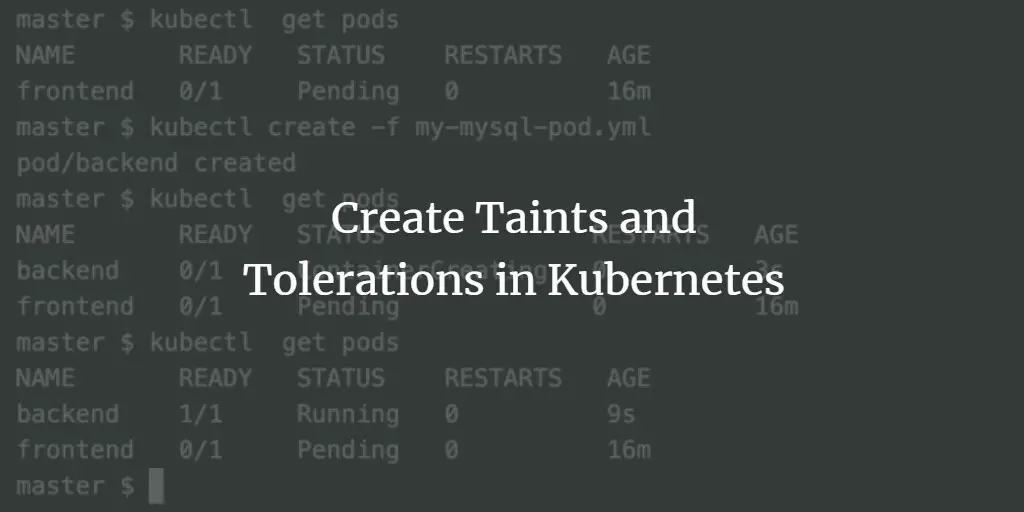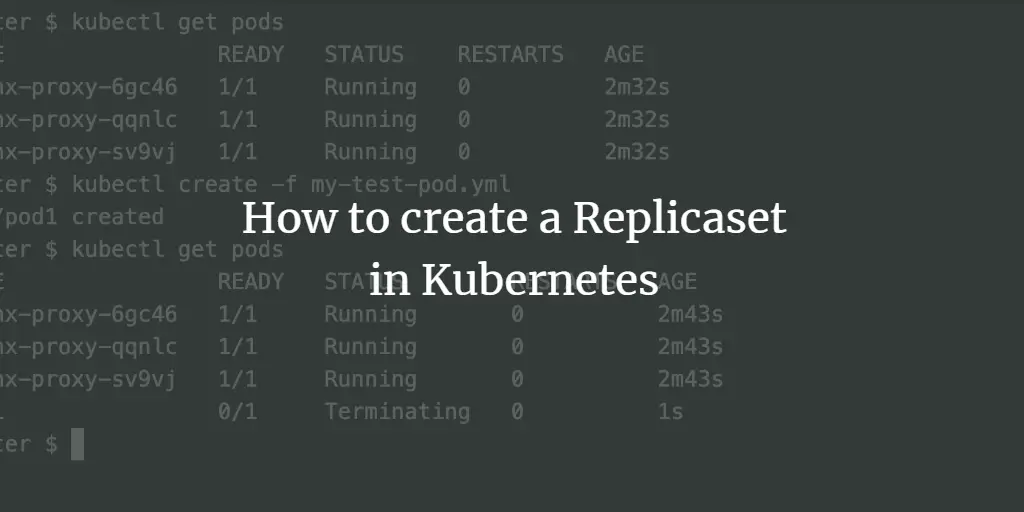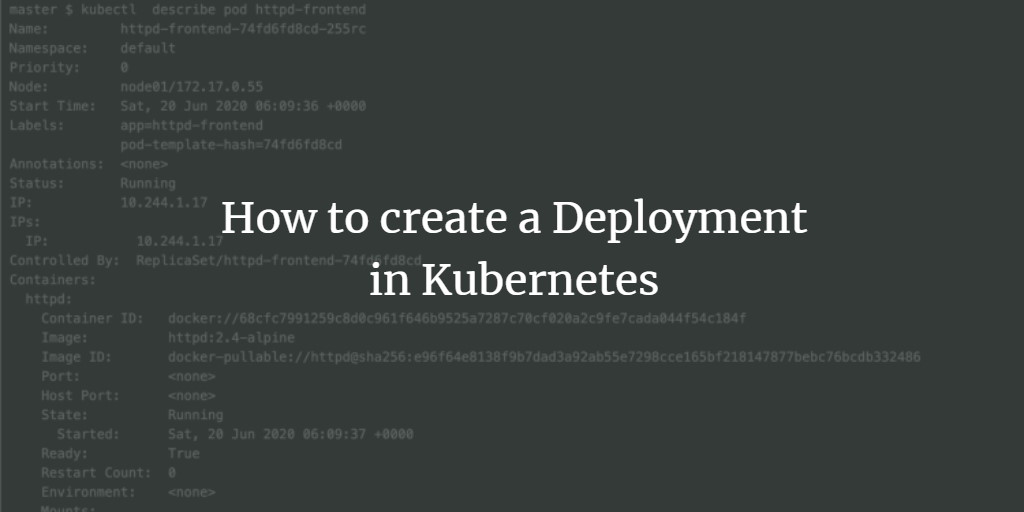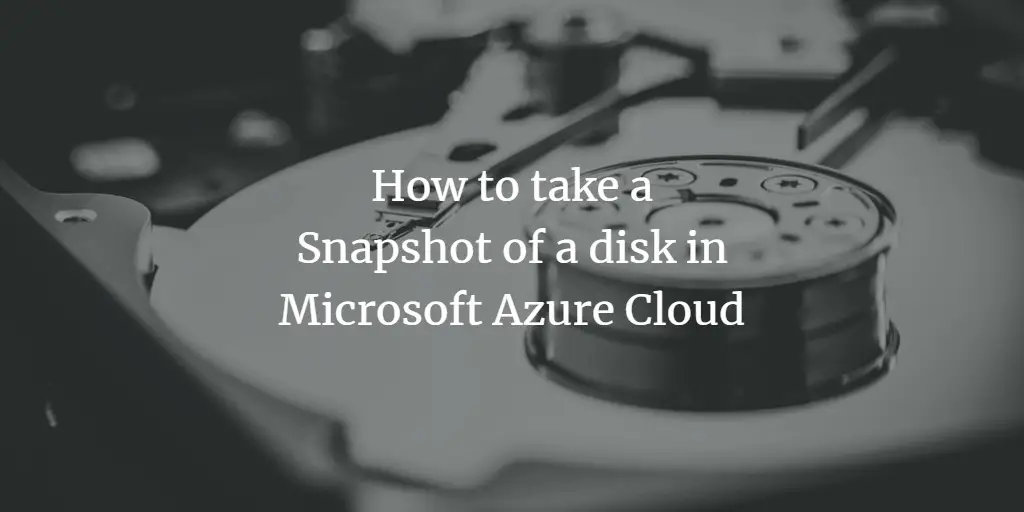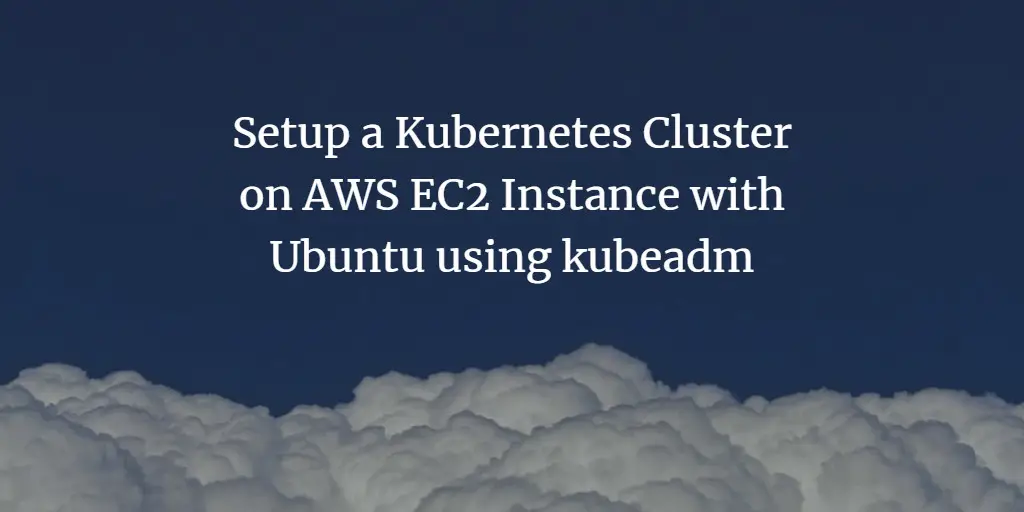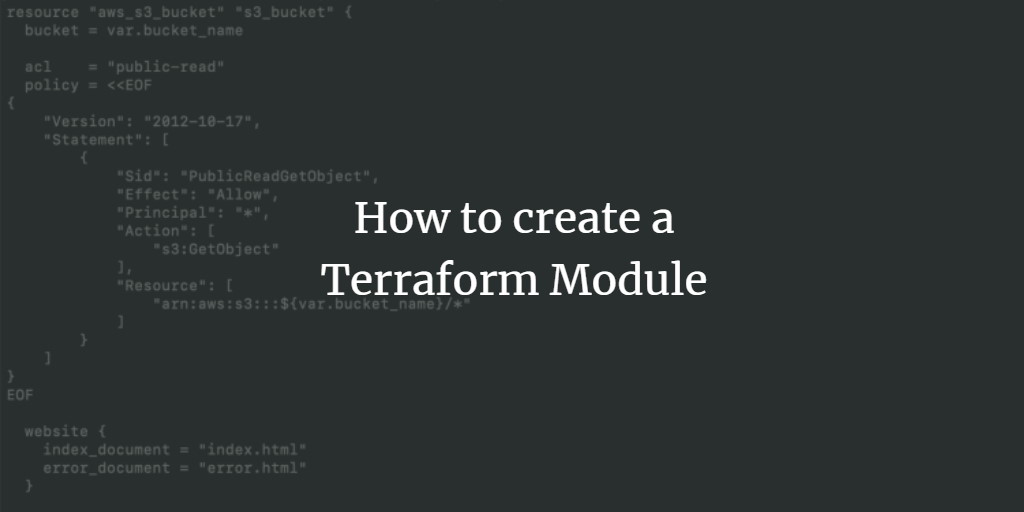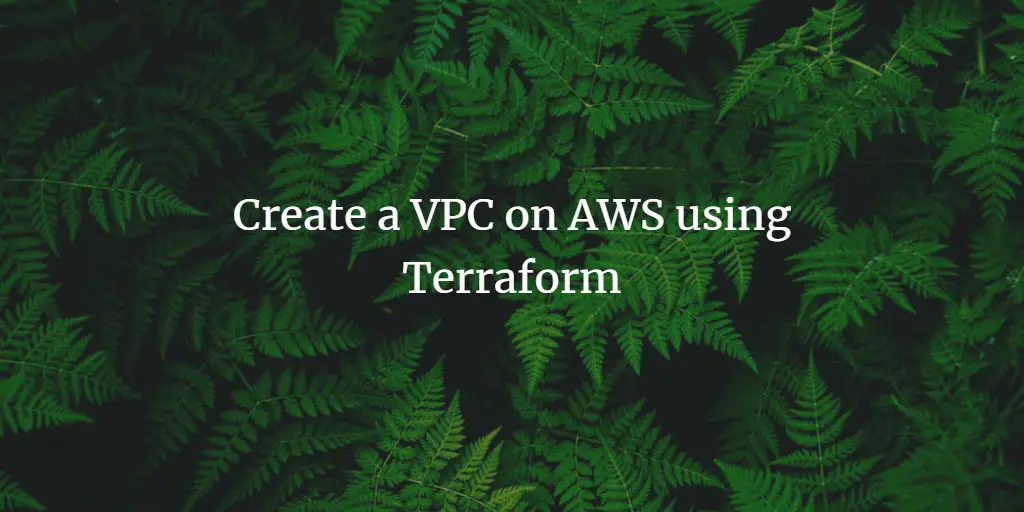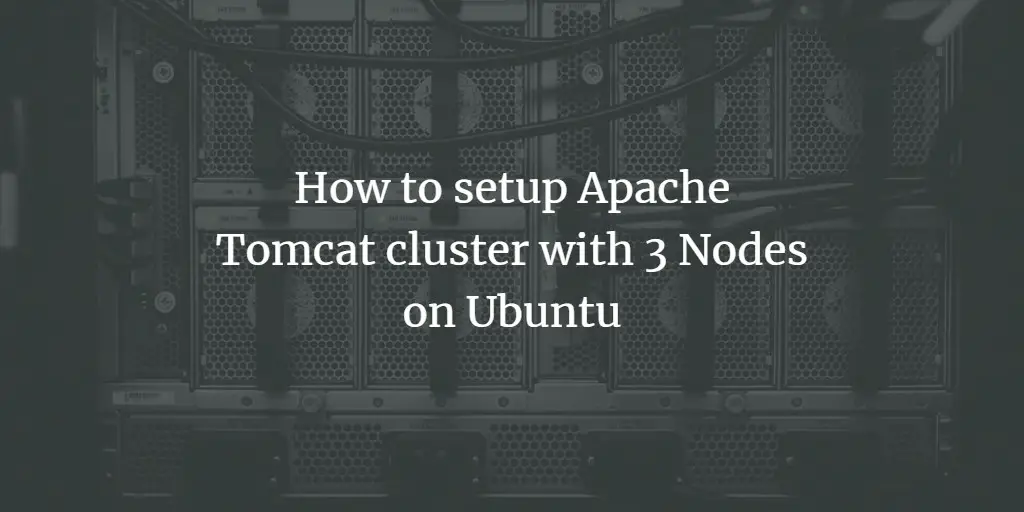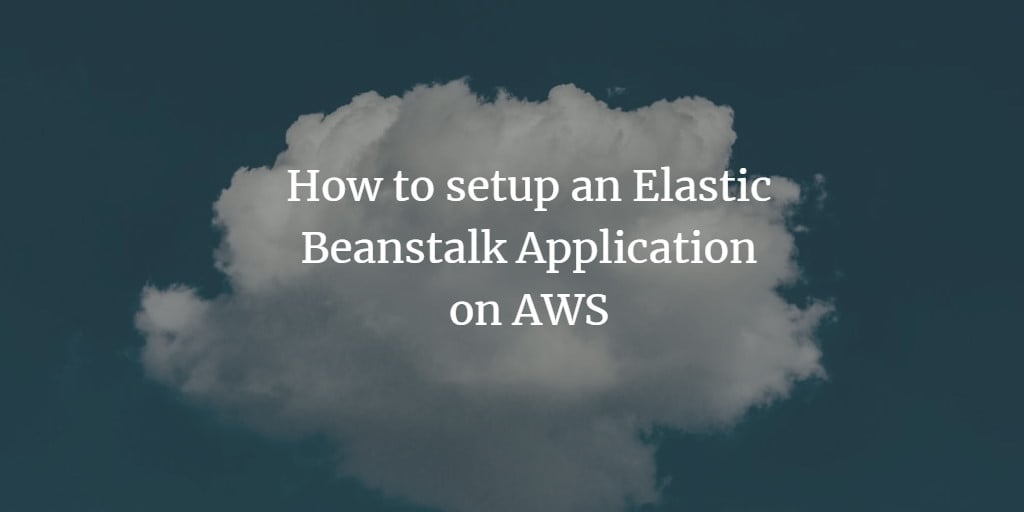Articles by Rahul Shivalkar
-
Create Taints and Tolerations in Kubernetes
Author: Rahul Shivalkar • Tags: cloud • Comments: 0Taints and tolerations work together to make sure that pods are not scheduled onto inappropriate nodes. One or more taints can be applied to a node, this means that the node should not accept any pods that do not tolerate the taints. The pods that have toleration can only be deployed on those nodes with the taints.
-
How to create a Replicaset in Kubernetes
Author: Rahul Shivalkar • Tags: cloud, server • Comments: 0A replica set makes sure the specified replicas of pods are always running. It can be considered as a replacement for the replication controller.
-
How to create a Deployment in Kubernetes
Author: Rahul Shivalkar • Tags: cloud, linux • Comments: 0A Kubernetes deployment is a resource object in Kubernetes that provides declarative updates to applications. In this article, we will learn to create a deployment in Kubernetes and perform operations on it.
-
-
How to take a Snapshot of a disk in Microsoft Azure Cloud
Author: Rahul Shivalkar • Tags: cloud • Comments: 0An Azure Snapshot is a read-only copy of the existing disk in the Microsoft Azure Cloud. We can create a snapshot of the OS or Data disk. In this article, we will create a snapshot of the disk of the existing Virtual Machine.
-
Setup a Kubernetes Cluster on AWS EC2 Instance with Ubuntu using kubeadm
Author: Rahul Shivalkar • Tags: cloud, linux, ubuntu • Comments: 6In this article, we will see how to set up a Kubernetes cluster with 2 Worker Nodes and 1 Master Node on Ubuntu LTS Servers. We will use the "kubeadm" tool to set up the cluster.
-
How to create a Terraform module
Author: Rahul Shivalkar • Tags: cloud, linux, virtualization • Comments: 6In this article, we will see how to create reusable modules in Terraform. Modules allow us to avoid code duplication. It means the same code can be used to create resources of the same type. By using modules you do not need to copy-paste your code to create multiple resources of the same type.
-
Create a Virtual Private Cloud (VPC) on AWS using Terraform
Author: Rahul Shivalkar • Tags: linux, virtualization • Comments: 1In this article I will show you how to create a VPC along with Subnets, Internet Gateway, NAT Gateways, and Route Tables. We will be creating 1 VPC with 4 Subnets: 2 Private and 2 Public, 2 NAT Gateways, 1 Internet Gateway, and 4 Route Tables.
-
How to setup Apache Tomcat cluster with 3 Nodes on Ubuntu
Author: Rahul Shivalkar • Tags: linux, server, ubuntu • Comments: 0In this article, we will see how to set up a cluster of Apache Tomcat servers. We will be using 3 Ubuntu 18.04 EC2 Instances or VMs, here I have used EC2 instances. We will also see the steps to install Java since Apache Tomcat requires Java.
-
How to setup an Elastic Beanstalk Application on AWS
Author: Rahul Shivalkar • Tags: cloud, linux, server • Comments: 0Elastic Beanstalk is one of the "computer" services in the Amazon Web Services (AWS) cloud. It allows us to easily manage and deploy applications. We don't have to understand or learn the services required to run our application. With Elastic Beanstalk, we only need to upload our application and Elastic Beanstalk takes care of the rest. Elastic Beanstalk supports applications developed in Java, .NET, Go, PHP, Python, Node.js and Ruby.
-
Install and configure Grafana with Prometheus on the AWS Ubuntu 18.04 LTS EC2 Instance.
Author: Rahul Shivalkar • Tags: • Comments: 0Prometheus is an event Monitoring and Alerting tool. Node_Exporter is a Prometheus exporter for hardware and operating systems metrics.

